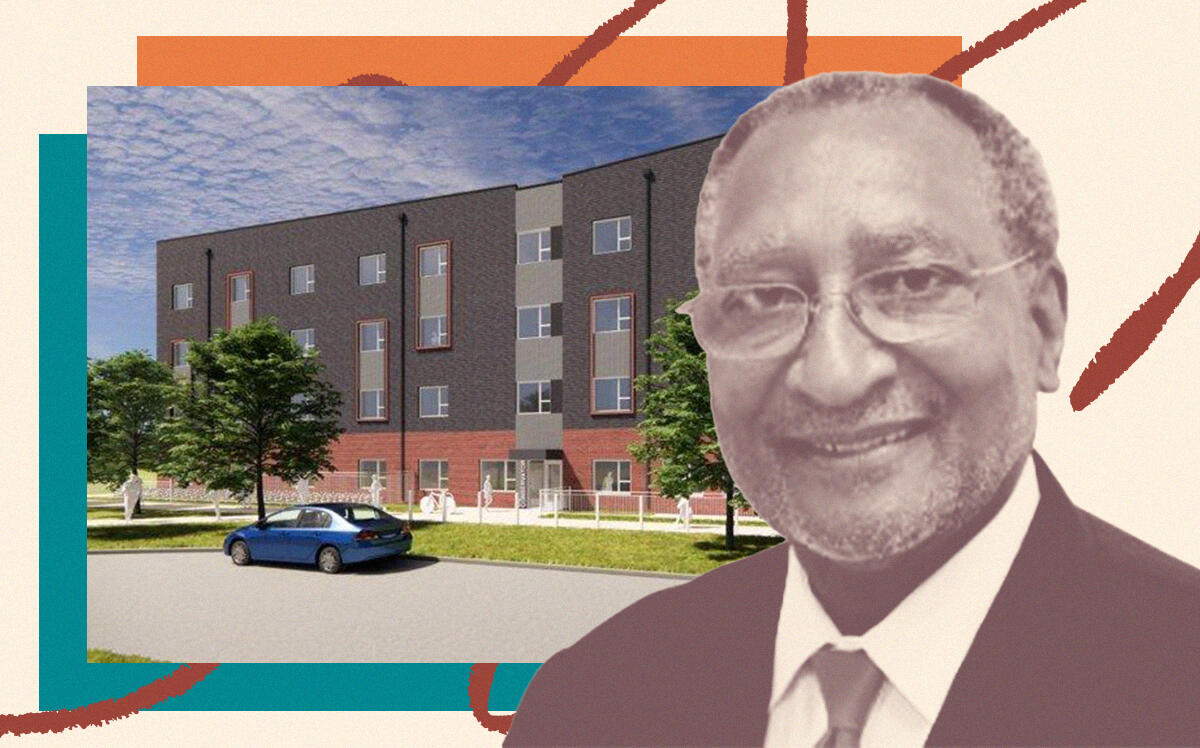 Two developers greenlit for mixed-use project in Lincoln Square
Two developers greenlit for mixed-use project in Lincoln Square
Trending
Interfaith’s West Side permit beefs up housing for homeless
Conservatory Apartments to bring 43 units to East Garfield Park

A project aiming to make a dent in Chicago’s homeless population by adding 43 affordable housing units on the West Side received the final city approval needed to start construction.
Interfaith Housing Development Corp. received a permit from the city for its four-story affordable housing project at 414 Central Park Boulevard in East Garfield Park, records show.
The Chicago Community Development Commission voted to approve $3.5 million in tax increment financing to support the project last year. Interfaith Housing is developing the property in partnership with social services nonprofit Deborah’s Place.
The project, dubbed Conservatory Apartments and billed as a contemporary single-room occupancy building, will provide permanent supportive housing for people experiencing homelessness. More than half of the units will go to residents earning 30 percent of the area median income, which is $31,250 for a four-person household, according to the city, while the rest will go to residents making up to 50 percent.
More than 65,000 people are experiencing homelessness in Chicago, according to the Chicago Coalition for the Homeless’ latest report. Of those, more than 4,400 are experiencing homelessness in shelters or on the street, with as many as 1,400 residing outdoors, according to the 2021 federally mandated Point in Time count conducted in January last year.
Meanwhile, Chicago rents are climbing at the nation’s third-fastest pace. The median rent for a one-bedroom apartment jumped 6.3 percent from June to May, to $1,870.
The city is in need of more permanent supportive housing units, where residents can live long-term under protection from rent hikes.
Before they get there, though, they often make stops in their transitions from living outdoors in what local nonprofits and housing agencies call temporary housing solutions, which are also usually single room occupancy units where people experiencing homelessness are placed during what has been a slow process of securing permanent units. Conditions of temporary units, though, are often “below the standards that agencies would have preferred but given the lack of high quality temporary units in the city, this was often the best option available,” a 2017 study by a Loyola University researcher said.
The Illinois Housing Development Authority has been beefing up supply of permanent supportive housing, which would help shorten the waits in temporary solutions. Over the last five years, the IHDA has helped finance the creation of 2,200 units within the permanent supportive housing class, or 15 percent of its total output, the agency said on its website.
Last year, the agency awarded $23 million in funding for five permanent supportive housing projects in Cook County, including three in Chicago.
Read more
 Two developers greenlit for mixed-use project in Lincoln Square
Two developers greenlit for mixed-use project in Lincoln Square
 Chicago rents defy national trend, climbing ever higher
Chicago rents defy national trend, climbing ever higher




